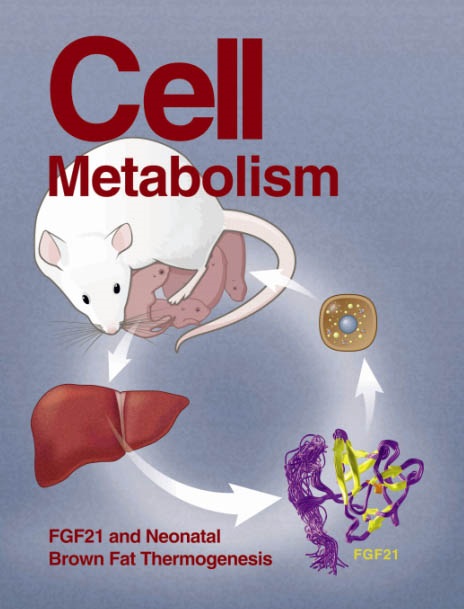Personalized phosphoproteomics of skeletal muscle insulin resistance and exercise links MINDY1 to insulin action
IF 27.7
1区 生物学
Q1 CELL BIOLOGY
引用次数: 0
Abstract
Type 2 diabetes is preceded by a defective insulin response, yet our knowledge of the precise mechanisms is incomplete. Here, we investigate how insulin resistance alters skeletal muscle signaling and how exercise partially counteracts this effect. We measured parallel phenotypes and phosphoproteomes of insulin-resistant (IR) and insulin-sensitive (IS) men as they responded to exercise and insulin (n = 19, 114 biopsies), quantifying over 12,000 phosphopeptides in each biopsy. Insulin resistance involves selective and time-dependent alterations to signaling, including reduced insulin-stimulated mTORC1 and non-canonical signaling responses. Prior exercise promotes insulin sensitivity even in IR individuals by “priming” a portion of insulin signaling prior to insulin infusion. This includes MINDY1 S441, which we show is an AKT substrate. We found that MINDY1 knockdown enhances insulin-stimulated glucose uptake in rat myotubes. This work delineates the signaling alterations in IR skeletal muscle and identifies MINDY1 as a regulator of insulin action.

骨骼肌胰岛素抵抗和运动的个性化磷蛋白组学将 MINDY1 与胰岛素作用联系起来
2 型糖尿病发病前会出现胰岛素反应缺陷,但我们对其确切机制的了解并不全面。在这里,我们研究了胰岛素抵抗如何改变骨骼肌信号传导,以及运动如何部分抵消这种影响。我们测量了胰岛素抵抗(IR)和胰岛素敏感(IS)男性对运动和胰岛素反应的平行表型和磷酸蛋白组(n = 19,114 例活检),量化了每例活检中超过 12,000 个磷酸肽。胰岛素抵抗涉及信号传导的选择性和时间依赖性改变,包括胰岛素刺激的mTORC1和非经典信号传导反应的减少。通过在输注胰岛素前 "启动 "部分胰岛素信号传导,即使是在胰岛素抵抗患者中,事先运动也能促进胰岛素敏感性。这包括 MINDY1 S441,我们发现它是 AKT 的底物。我们发现,MINDY1 基因敲除可增强大鼠肌管在胰岛素刺激下的葡萄糖摄取。这项工作描述了红外骨骼肌信号传导的改变,并确定 MINDY1 是胰岛素作用的调节因子。
本文章由计算机程序翻译,如有差异,请以英文原文为准。
求助全文
约1分钟内获得全文
求助全文
来源期刊

Cell metabolism
生物-内分泌学与代谢
CiteScore
48.60
自引率
1.40%
发文量
173
审稿时长
2.5 months
期刊介绍:
Cell Metabolism is a top research journal established in 2005 that focuses on publishing original and impactful papers in the field of metabolic research.It covers a wide range of topics including diabetes, obesity, cardiovascular biology, aging and stress responses, circadian biology, and many others.
Cell Metabolism aims to contribute to the advancement of metabolic research by providing a platform for the publication and dissemination of high-quality research and thought-provoking articles.
 求助内容:
求助内容: 应助结果提醒方式:
应助结果提醒方式:


